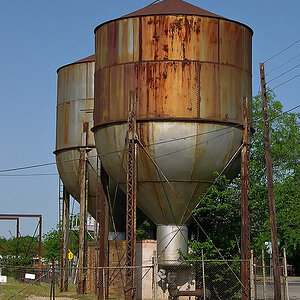Just wondering how these would work out for doing some fisheye kind of stuff. Saw a bunch on ebay, filters to attach to a lens. For a large 30" photo, I'm assuming these would look like crap.
http://search.ebay.com/search/searc...n=compare&copagenum=1&coentrypage=search&fgtp=
http://search.ebay.com/search/searc...n=compare&copagenum=1&coentrypage=search&fgtp=





![[No title]](/data/xfmg/thumbnail/36/36677-3b91df53323d0850489794f28b3b9800.jpg?1619737677)
![[No title]](/data/xfmg/thumbnail/36/36676-cb11e40ab23f22c2a0af6fbf4ab02371.jpg?1619737676)




